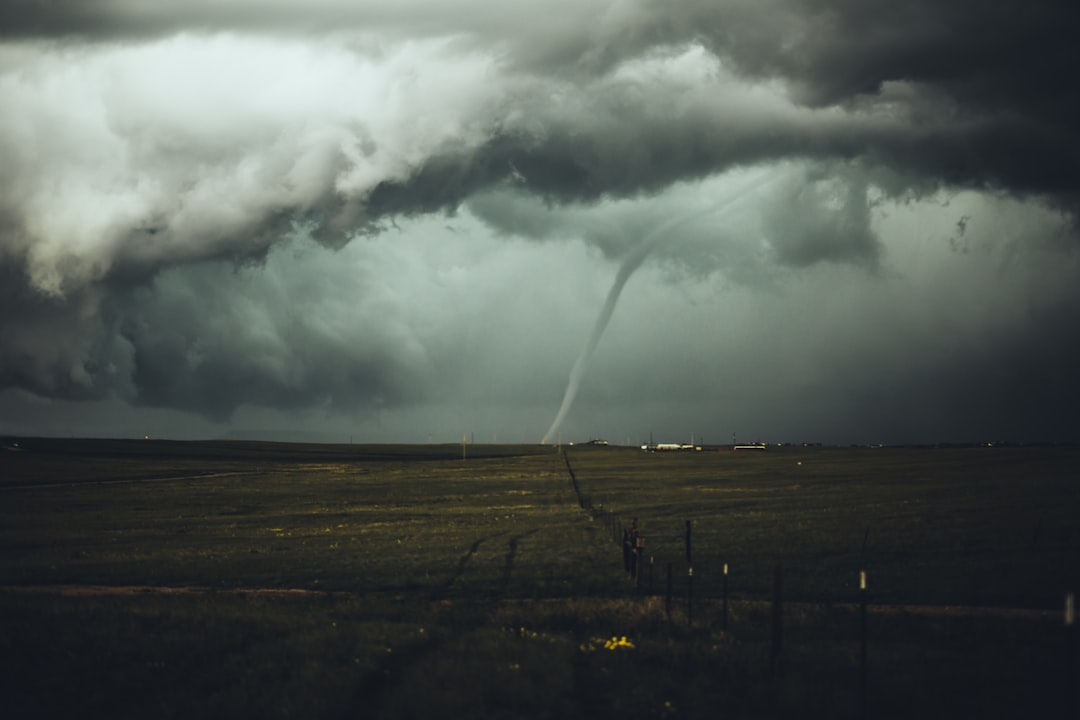What is it about?
We have analyzed satellite aerosol and ground-based lightning measurements in 14 summers over northern Alabama. The results show no linear relationship between aerosol loading in the atmosphere and lightning flash rate in general. However, increased light-absorbing aerosols are associated with enhanced lightning when the lightning-producing storms are not strong. Light-absorbing aerosols may occasionally inhibit the formation of storms for a while but result in stronger storms later when triggered.
Featured Image

Photo by Josep Castells on Unsplash
Why is it important?
Previous studies thought aerosol impact on lightning, if present, is through changing the cloud droplet number and size and the life time of a storm. However, this study highlights the light absorption property of aerosols may also play a role in storm and lightning activity on a local scale.
Perspectives
When people talk about the impact of aerosols on storms and lightning, it is important to make clear they are talking about a single storm or a group of storms. When a group of lightning-producing storms is studied as a whole, the impact of aerosols through their light absorption property may be more detectable.
Tong Ren
Texas A&M University System
Read the Original
This page is a summary of: Lightning and Associated Convection Features in the Presence of Absorbing Aerosols over Northern Alabama, Journal of Geophysical Research Atmospheres, November 2019, American Geophysical Union (AGU),
DOI: 10.1029/2019jd031544.
You can read the full text:
Resources
Contributors
The following have contributed to this page










